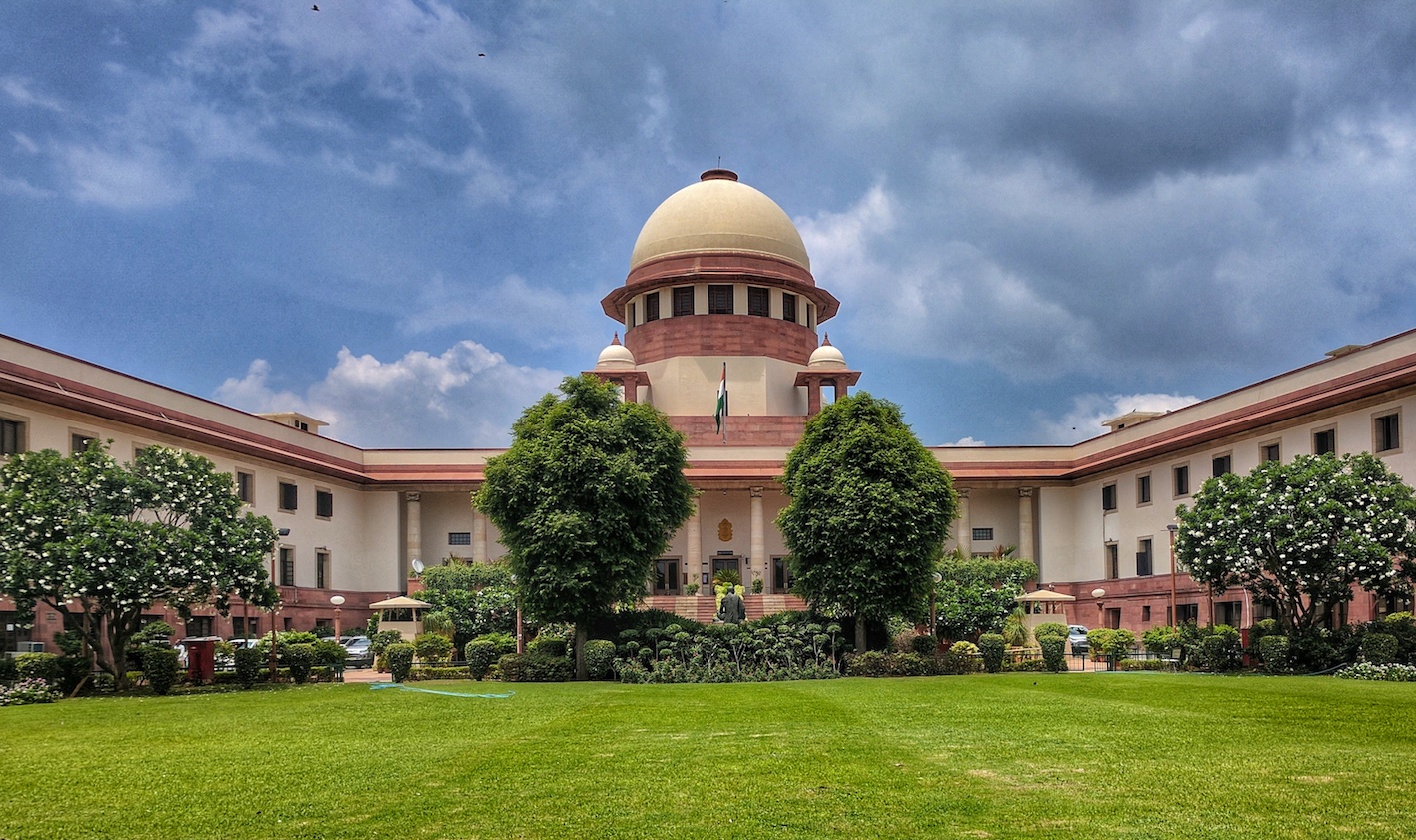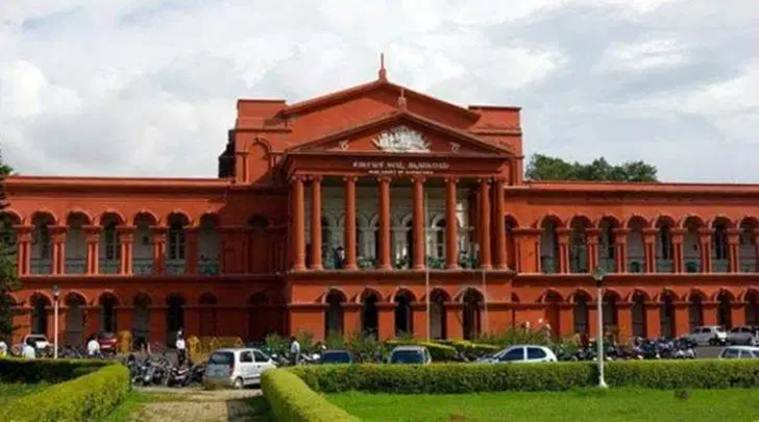Law Student Urges Chief Justice and Secretary-General to Embrace Eco-Friendly Practices: Calls for Nationwide Adoption of Double-Sided A4 Paper in Judicial Forums
Vikhyaat Maheshwari, a 3rd year law student, writes a letter to the Hon’ble Chief Justice D.Y. Chandrachud and the Secretary-General Atul M. Kurhekar, emphasising the need for uniformity in the usage of A4 papers with printing on both sides across all the judicial forums of the country, keeping in mind the tremendous environmental and legal cost that will be saved.
The letter also focuses on the need to bring standardisation in terms of quality, size and specifications of A4 paper, margins, font styles, font size, line spacing, and other formatting requirements to be followed as per the Supreme Court Circular, dated January 14, 2020 and March 5, 2020 (F.No.01/Judl./2020) throughout the judicial system. The letter reflects on a previous communication to then Hon’ble Chief Justice Shri Ranjan Gogoi, four years ago, advocating for adoption of A4 size paper with printing on both sides to safeguard common masses from environmental and financial burden.
However, the subsequent lack of uniformity in implementation of the circular across various High Courts and District Courts is pointed out. The letter also provides compiled data and statistics showcasing the divergence in formatting styles and the absence of a standardised approach, impacting the efficiency of the judicial system.
The letter points out that only 22 out of 25 High Courts have considered using A4 size paper, each with varying specifications. 21 High Courts have issued circulars/ notifications/ orders regarding the same either on the judicial side, administrative side, or both. The remaining High Courts have either given time for consideration, or the petition is still pending, or no change has been made or the request for mandatory usage of A4 size paper has been rejected (Refer to Annexure IV- pg 21/84). Out of 21 High Courts, 13 High Courts have issued circulars/ notifications/ orders mandating printing on both sides, 6 High Courts have made one-side printing mandatory, and the rest have not said anything in particular (Refer to pg 23/84). This lack of uniformity further extends to formatting styles and paper quality, thereby posing challenges for legal professionals and the public at large.
Some High Courts have specified the use of a minimum of 75 GSM quality A4 paper, some asked for a minimum of 80 GSM, and the rest remain silent (Refer to Annexure IV- pg 22/84). These deviations highlight the contradiction with the Bar Council of India’s goal of standardising the legal profession. Acknowledging the commendable progress in e-filing, the student urges Chief Justice Chandrachud to extend the same level of uniformity to offline practices through the widespread adoption of A4 size paper. The letter requests prompt action to direct all High Courts and District Courts to strictly adhere to the guidelines issued by the Supreme Court in 2020. It focuses on the importance of fulfilling the environmental objective set forth by the Supreme Court while addressing the prevalent issue of non-uniformity in the judicial system.
Lastly, the letter expresses hope that Chief Justice Chandrachud’s consideration of these requests will contribute to much-needed reforms in the judicial system, promoting efficiency and standardisation for the benefit of litigators and the public at large. T
he student has expressed his gratitude towards Mr. Aman Singh (1st Year Law Student, DNLU), Mr. Aashutosh Jagtap (Final Year Law Student, DNLU) and Ms. Vibhuti Mittal (4th Year Law Student, DNLU) for their valuable contribution.


